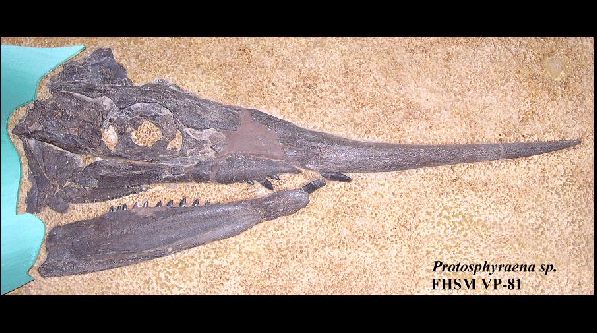
C. H. Sternberg
1913
Expeditions to the Miocene of Wyoming and the chalk beds of Kansas.
Kansas Academy of Science, Transactions 25:45-49.
Wherein, Charles Sternberg describes some of the fossils collected from the chalk beds of Kansas during the 1913 field season.
See more about Charles H. Sternberg here.
|
Geological Papers
45 EXPEDITIONS TO THE MIOCENE OF WYOMING AND THE CHALK BEDS OF KANSAS By CHARLES H. STERNBERG -----------Description of collecting in Wyoming removed ------------- 48 Kansas Academy of Science ------------------------------------- My paper, a record of our
work in the fossil fields, would not be complete without an account of my son George F.
Sternberg’s expedition into the rich field of the Niobrara, of western Kansas, which
I have cultivated since 1875. This year he had full control, Sand I was not with him, and
gladly give him credit for the best single year’s collection we have ever taken out
of the chalk. He had as his assistant Mr. Abe Easton, of Quinter, Kan., who proved an able
helper. Among the noted specimens is the most complete skeleton so far discovered of the
great fish Portheus molossus. All the fins were present,
for the first time, with the complete skeleton, except the head, which we have been so
fortunate to obtain from another individual of the same size. This skeleton lies on its
side and is fourteen feet long; the tail fins thirty-one inches long. When this specimen
has been described its entire anatomy will be known for the first time, although first
described by Professor Cope in 1872. Another fine specimen is the complete hind limbs,
with part of the skull, of Pteranodon ingens. Doctor
Eaton, the authority on pterodactyls at Yale, told me that though they had 500 specimens,
this was the first one in which all the bones of the feet were in position. This specimen
has gone to the American museum. Geological papers 49 They were rigid
when they carved at pleasure the living Portheii |